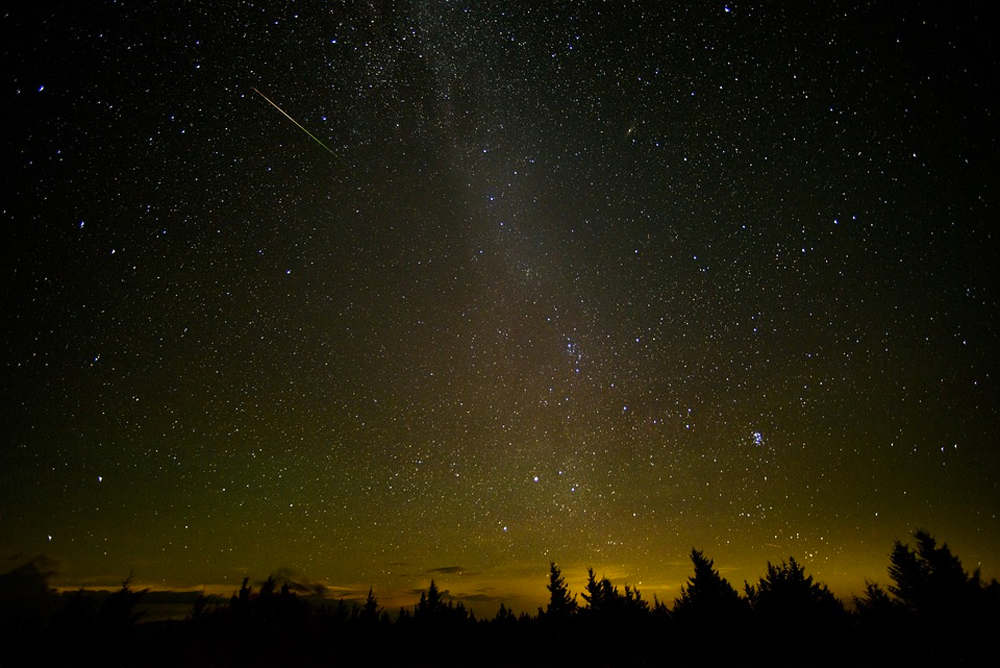Our own galactic neighborhood
By Ellen Miller-Goins
One of my favorite memories is a nighttime trek outside an Enchanted Forest yurt at close to 10,000 feet. With only a few inches of snow, skiing or snowshoeing were not an option, so we walked. The moon was a tiny sliver yet, as our eyes adapted to the dark, the Milky Way grew brighter and brighter until it felt like we were in space experiencing the whole universe. It was … humbling.
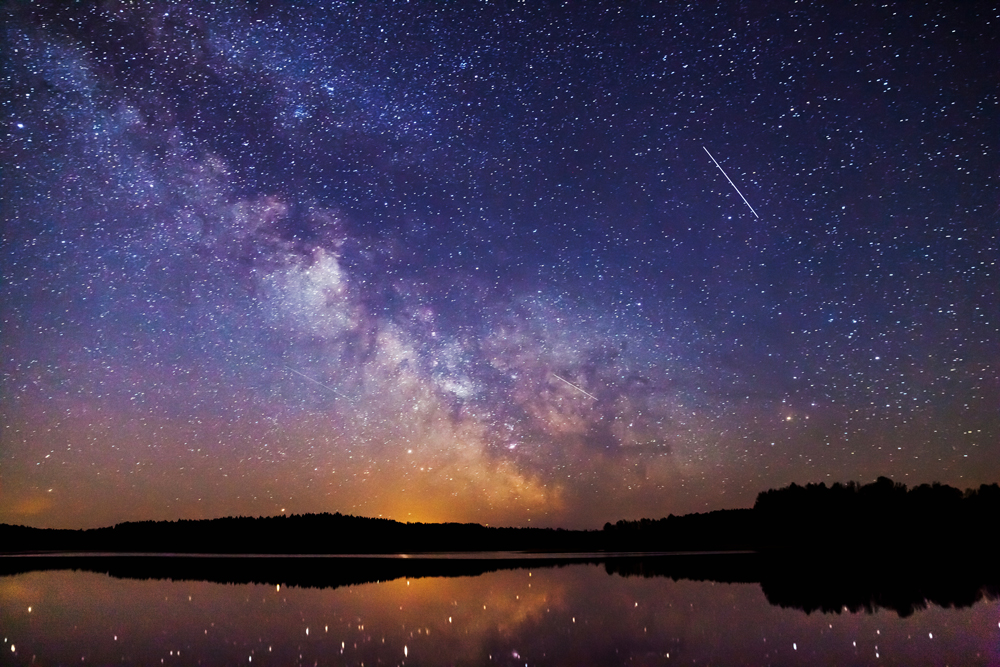
It’s true our nights are cold in the winter, but they are also something else, crystal clear and dark. Step outside your hotel room or condo and look up. Unless it’s snowing, you should become lost in a kaleidoscope of stars.
Look to a cloudy patch in the sky, let your eyes adjust for 20 minutes, and you will soon realize the hazy, fuzzy band across the sky is actually an arm of the Milky Way galaxy, where we live.
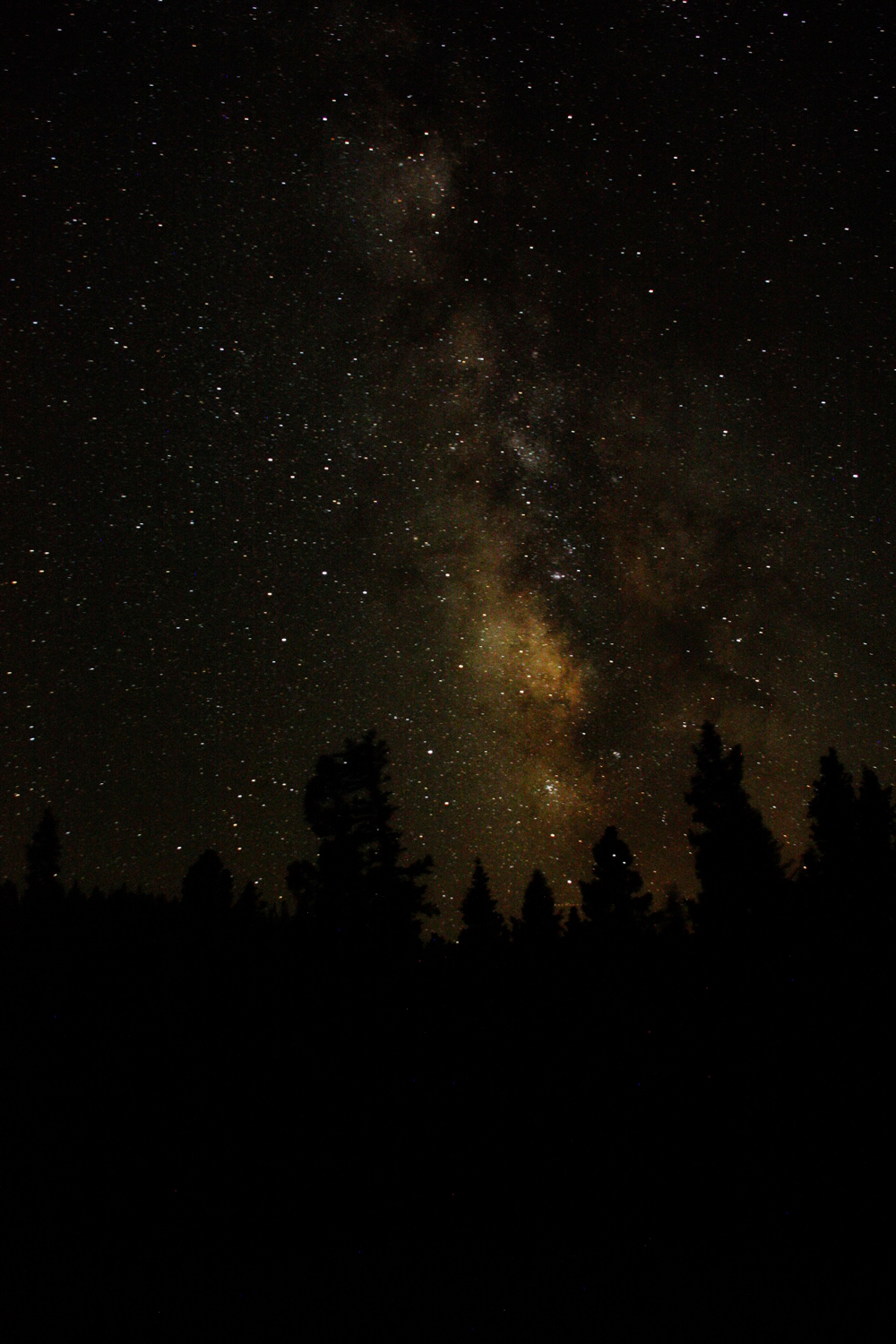
The Milky Way is a spiral galaxy like a pinwheel. Our solar system is in the Orion-Cygnus Arm. Midwinter we are facing away from the center of our home galaxy and toward some gigantic stars located in this direction. These huge stars are relatively close to us within our own galactic neighborhood, our own local spiral arm, and so they look bright! Even a bright moonlit sky can’t diminish stunning views of the Orion and Taurus constellations and the Pleiades star cluster.
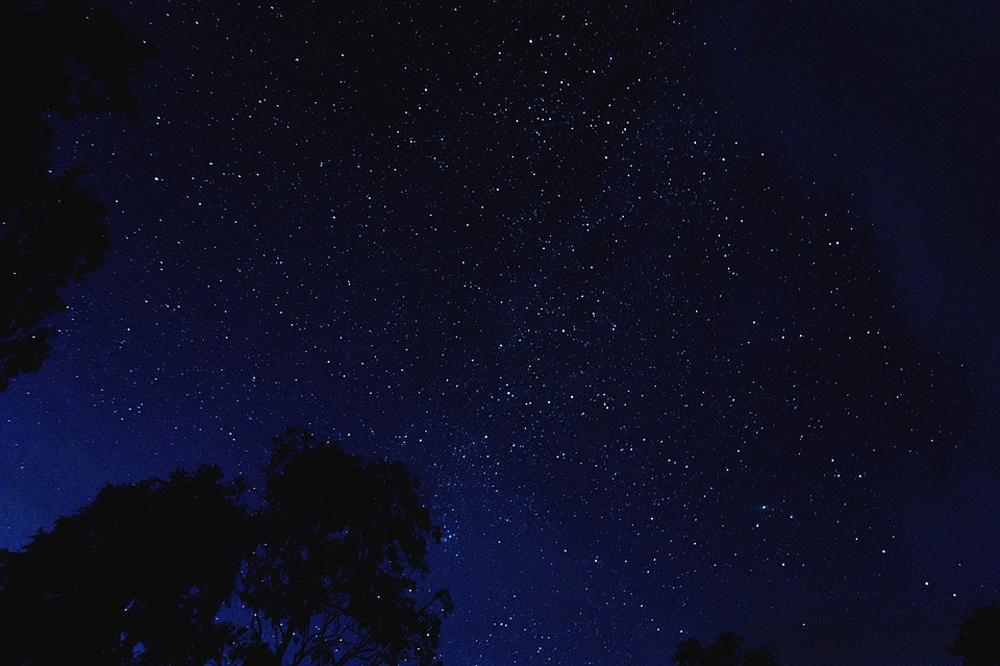
With binoculars, the whole universe seems to open. Slowly sweep the Milky Way with binoculars and look for small, fuzzy, round patches of light. If you look very carefully, you might see some very tiny points of light – globular clusters that are very large groups of up to one million stars. Smaller groupings of stars that look like swarms of insects are called open clusters. If you see an irregular-shaped patch of light it may be a glowing area of gas and dust called a nebula. In November, look near the constellation Leo in the east. Meteors can also be seen all month.
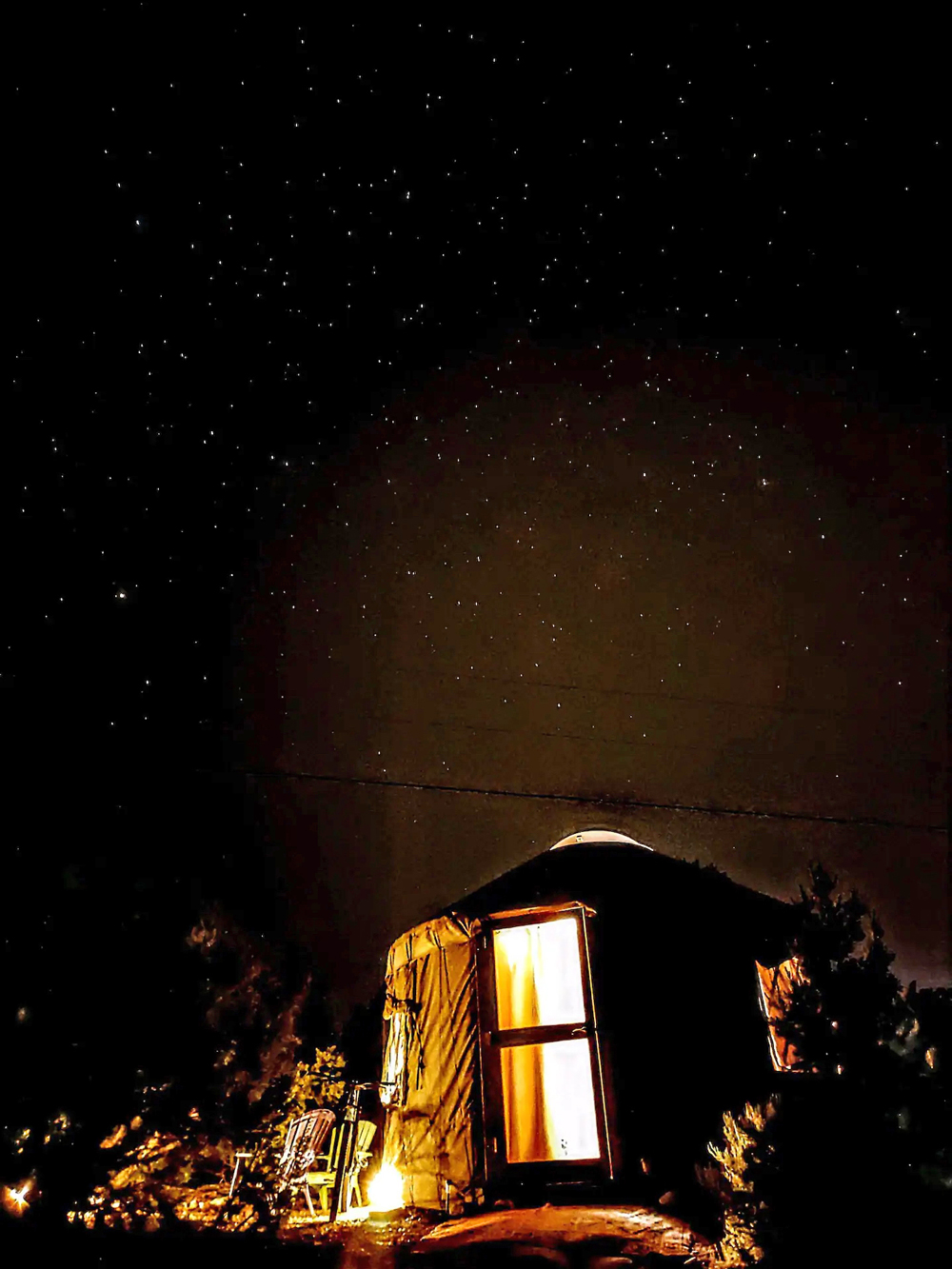
Jupiter, Saturn and Venus are visible in the southwestern sky in the evenings until about Dec. 15, then just Jupiter and Saturn will be visible through Dec. 31. On Dec. 13-14, check out the Geminid meteor shower (up to 100 meteors an hour) toward Gemini in the east. Mars and Venus are visible in the pre dawn sky in January, with a conjunction with the moon on Jan. 29.
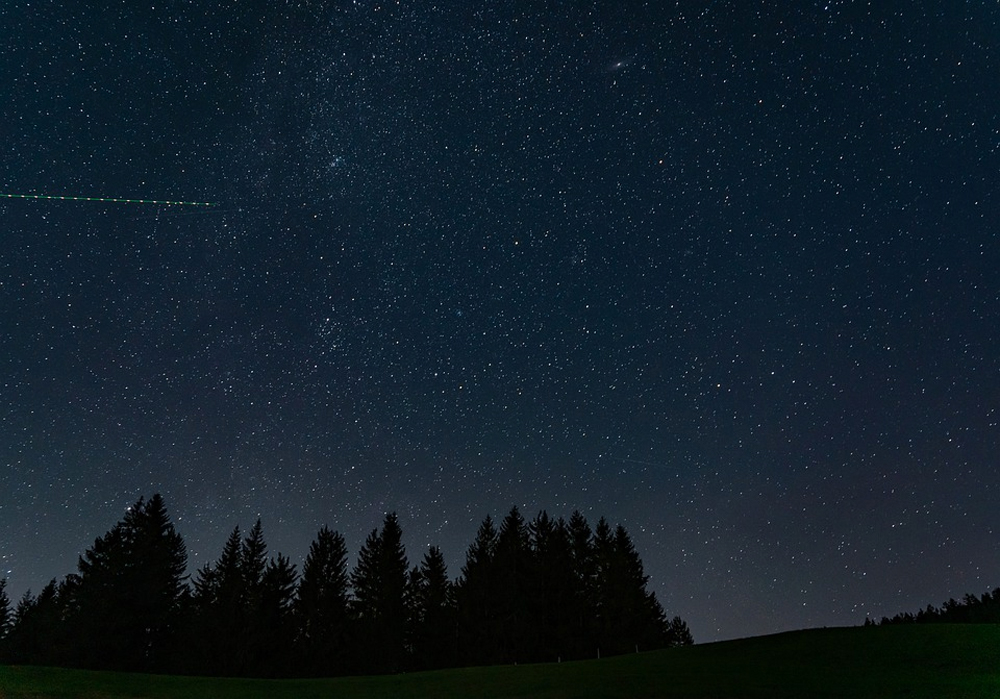
Quadrantids Meteor Shower peaks this year on Jan. 3-4 as a thin, crescent moon sets early leaving dark skies. Night owls will enjoy excellent viewing from a dark location after midnight. Mercury is low in the east in the pre dawn sky, with Venus and Mars to the southeast on Feb. 12. March 28, Saturn, Venus, Mars, and the moon will be together just before sunrise in the east.
There is far more to see in the sky than could ever be covered here, but if you like what you see with your naked eye or binoculars, explore more by heading to a library or bookstore. The book “Astronomy with Binoculars” will keep you looking up, and staying up, for many nights to come.
